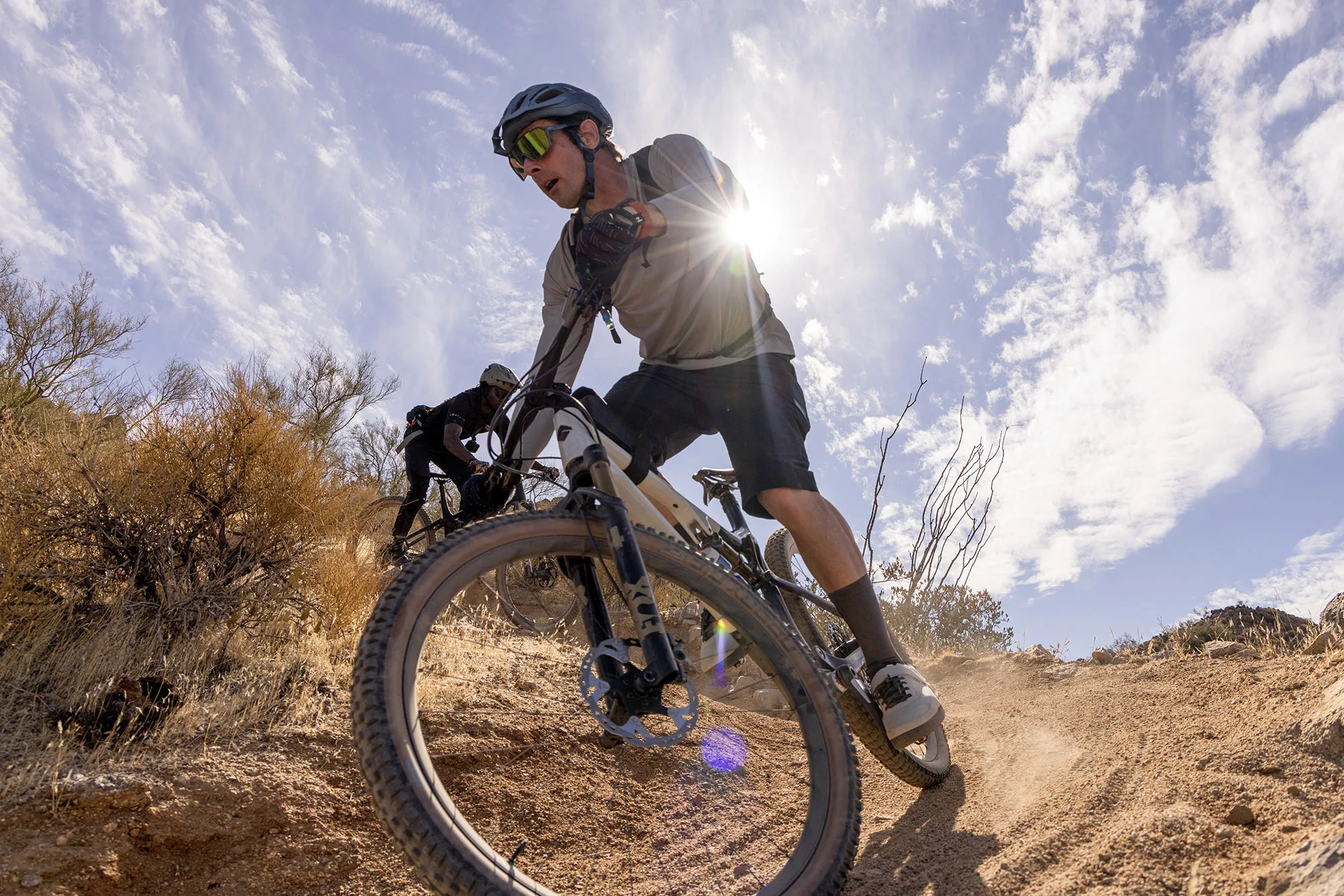I’ve been riding Race Face’s wheels for many years, still rocking the original Next SL set on a bike. And they’re still going strong.
What I like about them is, well, a lot of things, but the highlights are combining durable reliability with light weight. But the latest rim profiles and layups upgrade the “ride quality”, and they’re even lighter despite being rated for longer travel bikes.
If that’s what you’re seeking for your own trail bike, read no further because the new Race Face Era SL wheels deliver. Check out our launch coverage, or if you need convincing, read on for my review…
Light Done Right
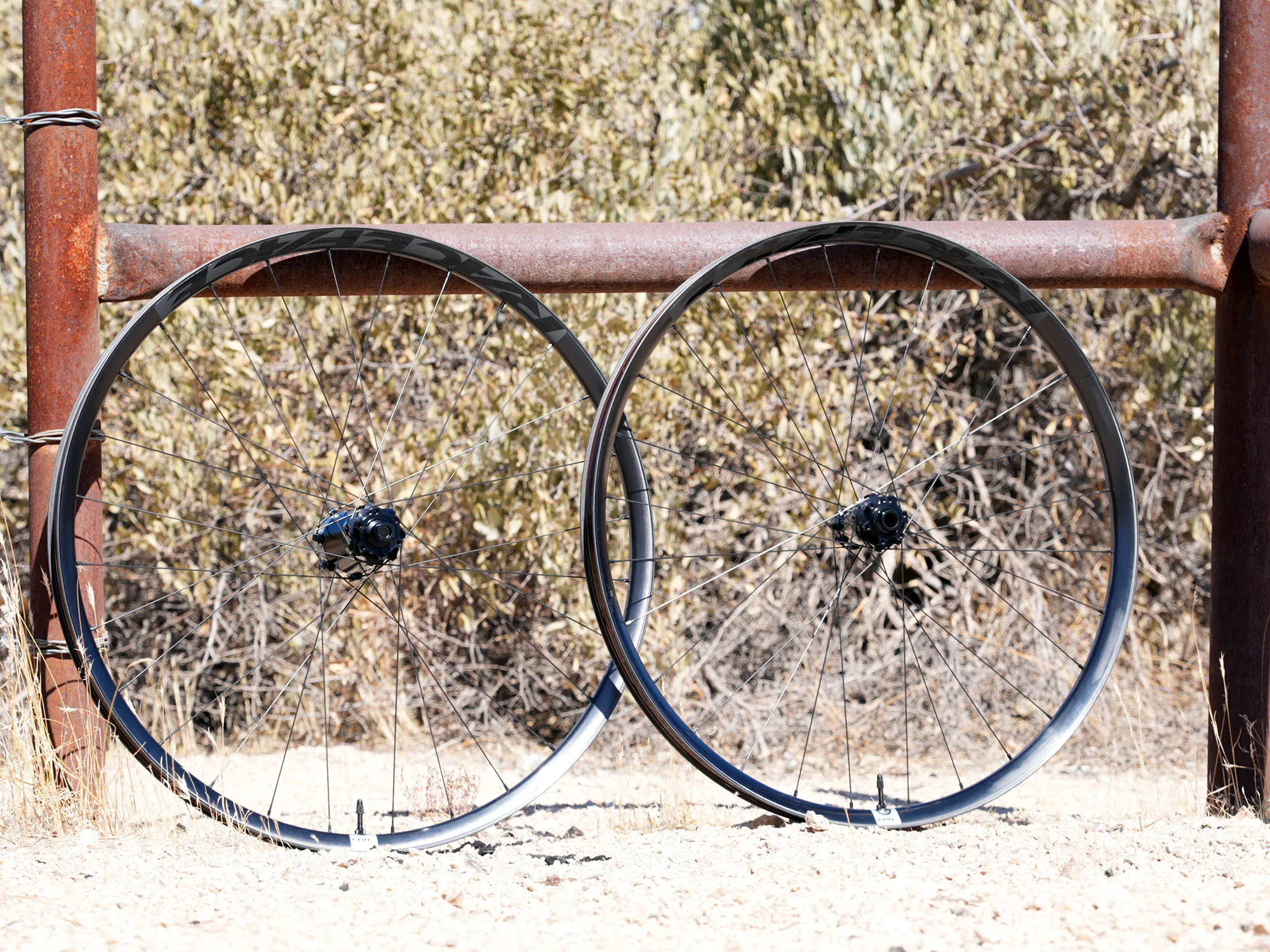
At just 1,530g (claimed) for a wheelset, they’re respectably light. That number isn’t pushing any boundaries for XC wheels, but after riding them for several months, I say they ride lighter than that number suggests.
And that’s on a on trails ranging from local NC cross country to Bentonville’s groomed flow trails to Flagstaff’s big mountain descents and Sedona’s hard rock playground. All of this aboard Ari’s latest 110mm-travel Signal Peak with the new Fox 34 SL set at 130mm travel, wrapped in 2.4″ Schwalbe tires.
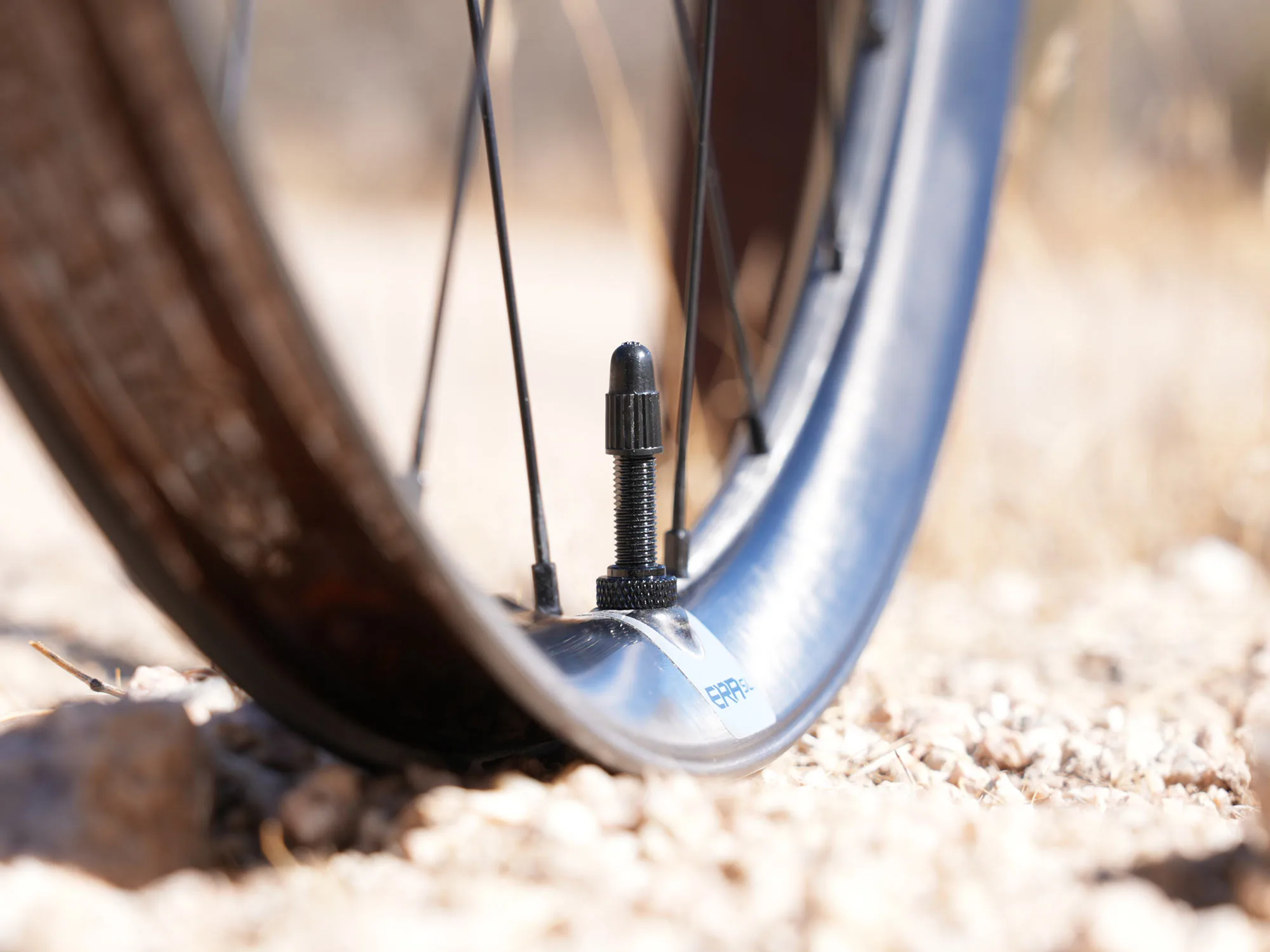
With 385g rims, which is the lightest rim Race Face has ever made, they accelerate quickly and turn sharp. So, even though some ultralight wheelsets come in 200-ish grams lighter, few have lighter rims (because there’s a limit to what’s possible), so these wheels’ outer rotational weight is on par with the lightest options on the market.
But if you really want lighter wheels, wait until this fall when they launch a Center Lock version that’ll come in at a claimed 1480g. They won’t be e-MTB rated like these 6-bolt versions, but if you’re counting 50g on an e-bike, you may need to rethink your priorities.

SIDE NOTE: They come taped with valve stems installed, but those things are not counted in the claimed weights. I received the wheels from Race Face with tires already mounted, so I haven’t pulled them off to get actual weights yet…will update this post when I do.
Even if I was a put XC racer on a *gasp* hardtail, I think I’d keep these on the bike because of the…
Ride Feels
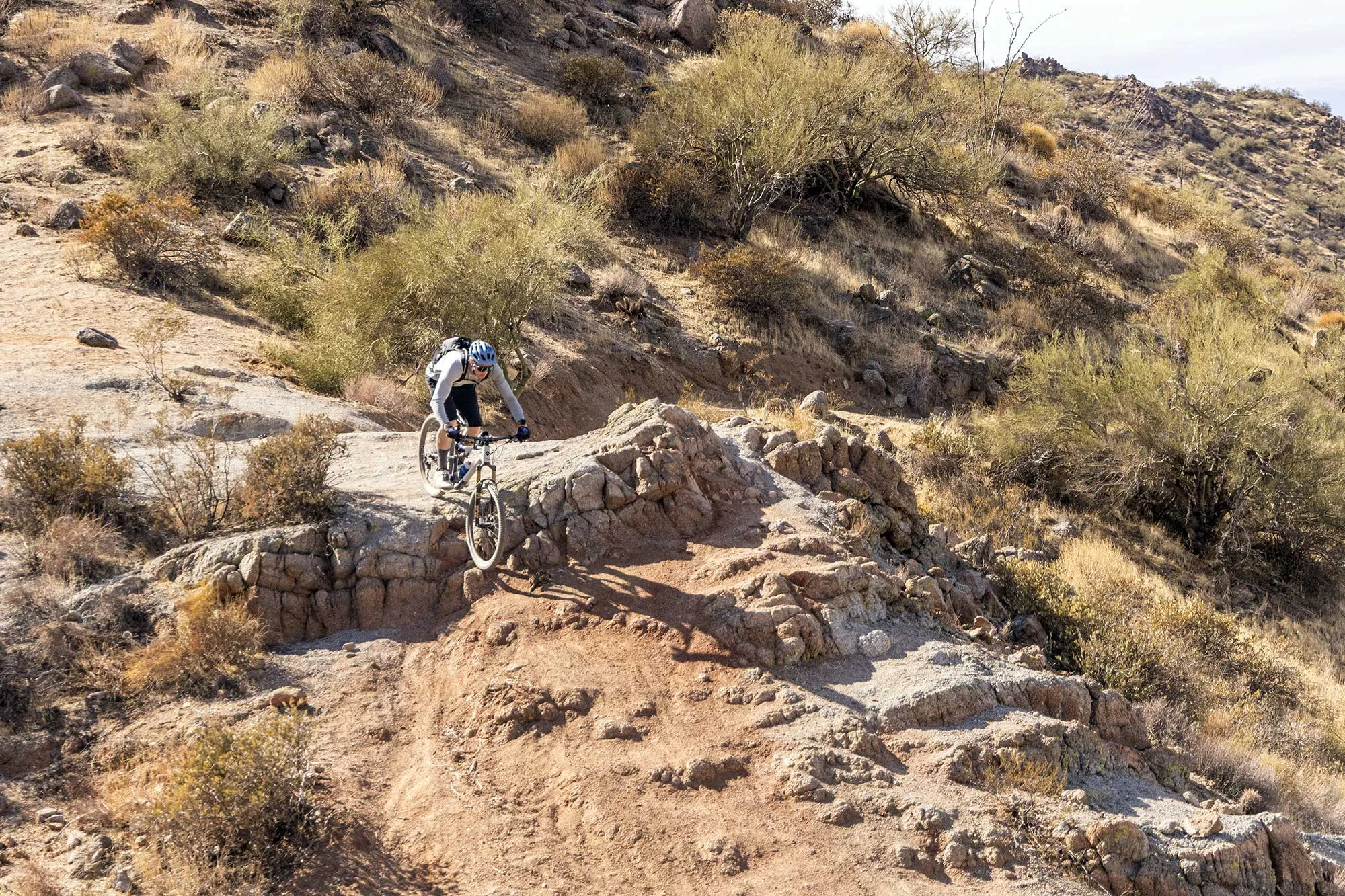
Ride quality has become a bigger deal in the past five years. With stiffness, toughness, and lightweight all pretty well sorted, the magic for any new wheelset (or bike frame, for that matter) comes in how they feel.
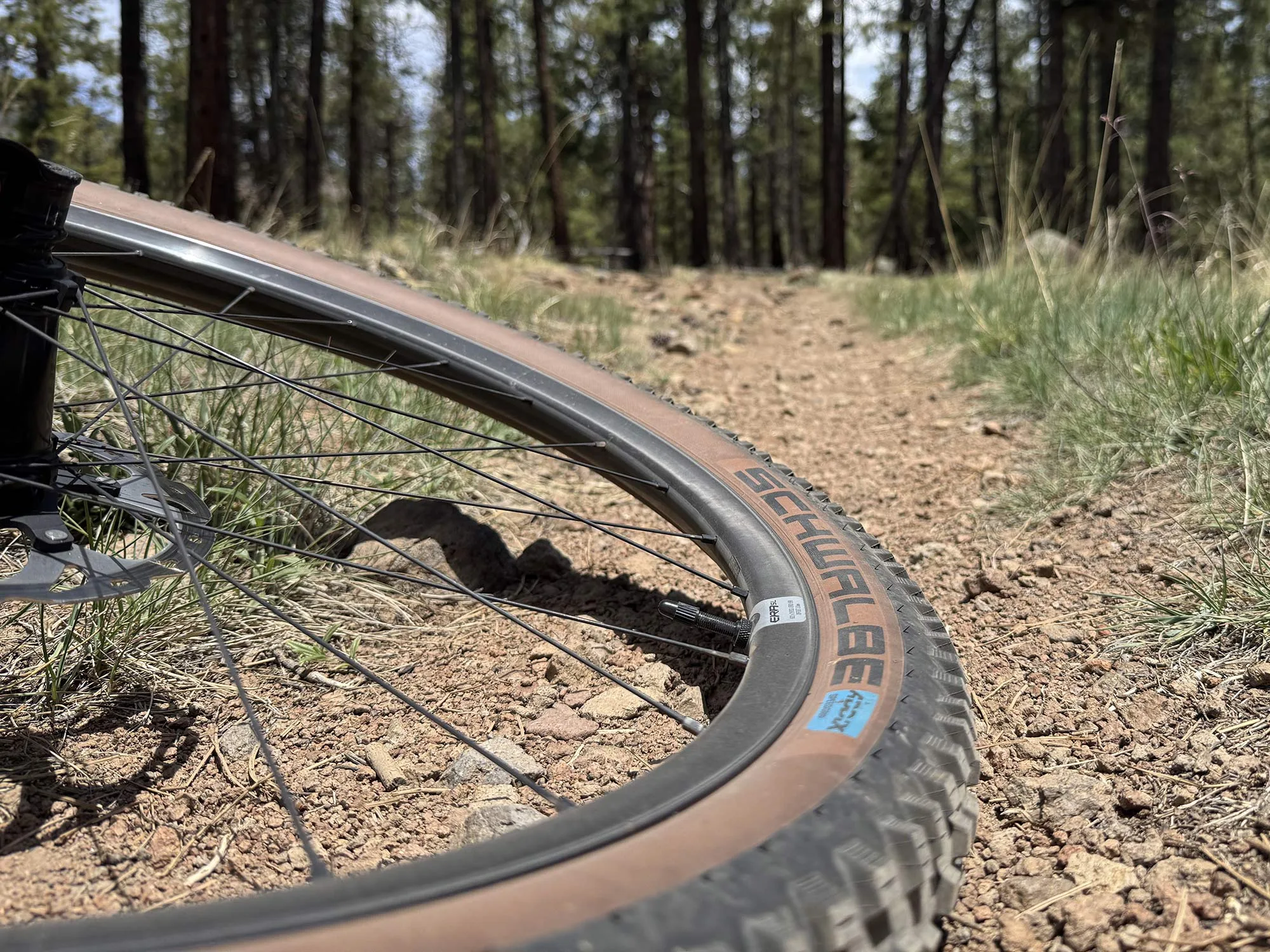
As tires have gotten wider and more supple, and handlebars like Race Face’s own new Era (among others) adding intentional compliance, picking apart the wheel’s influence over traction and comfort is not an exact science.

But if you’re upgrading from an older carbon wheelset, the smoother ride quality of the Era SL should be immediately apparent. This, combined with good lateral stiffness, helps the wheels track more precisely since they’re not ping-ponging off every root and rock.
Toughness
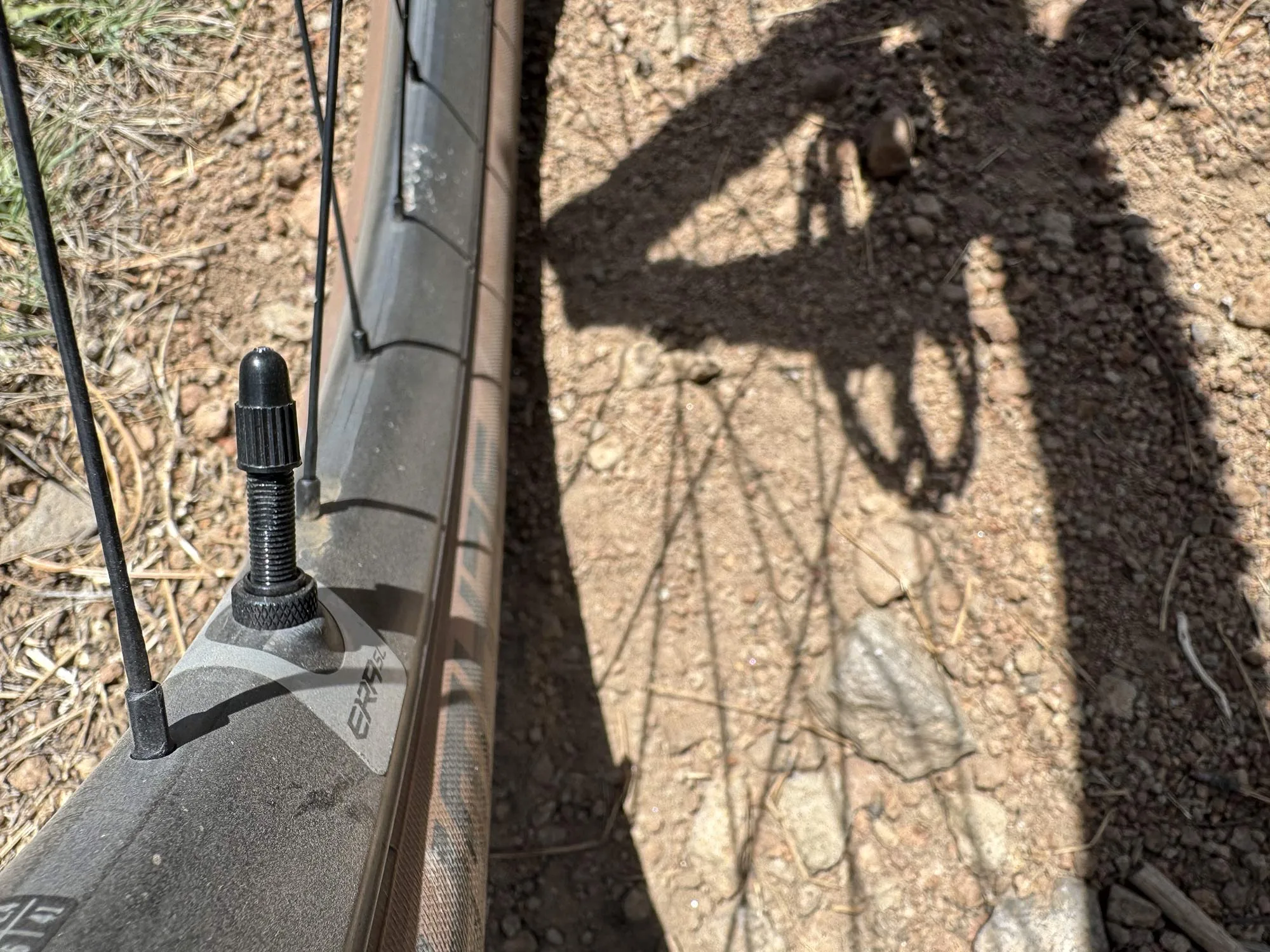
Race Face rates them for bikes up to 140mm of travel. If you need something bigger and burlier, last year’s Era Wheels are the ticket.
The Era SL’s rims have a 29mm internal width, they’ll fit up to 2.6″ wide tires to handle all of that. I think the sweet spot is more in the downcountry-to-trail bike range, but with a lifetime warranty, you can push them pretty hard knowing that Race Face’s own riders are probably pushing them harder.

The rim profiles are basically hookless, but there is a tiny bump inward to create the “anvil” shape. That shape gives them a broad crash pad to support impacts, with rounded corners to prevent pinch flats.

I’ve only tested them on a short-travel “fun country” (Ari’s words, but I like it) bike, but have definitely smashed a few roots and rocks and taken a few hard landings on them.
I’m a bigger rider, about 6’2″ and 200lbs fully kitted, and I have zero complaints. They have a 130kg (286lb) system (rider + bike) weight limit, so I’m not even close to their limit.
The Hubs

Race Face’s Vault Hubs are a big part of the picture. Literally. They’re huge.
And I think that’s why these wheels handle so well. They provide a taller “flange”, which lets them run shorter spokes. Which enables lighter, shallower rims. Which means they can get good bracing angles without needing a lot of spokes…or using thicker, stiffer spokes.

In my armchair engineering role, all of that adds up to good radial compliance with good lateral stiffness. Race Face intentionally built in some lateral compliance, but only enough to help the wheels deflect sideways impacts without diminishing steering or tracking accuracy.
Plus, they look good. And they’re not too loud. You’ll hear the engagement from 60 teeth and six pawls (staggered for a snappy-enough 3º engagement), but it’s not annoyingly loud.
The Takeaway
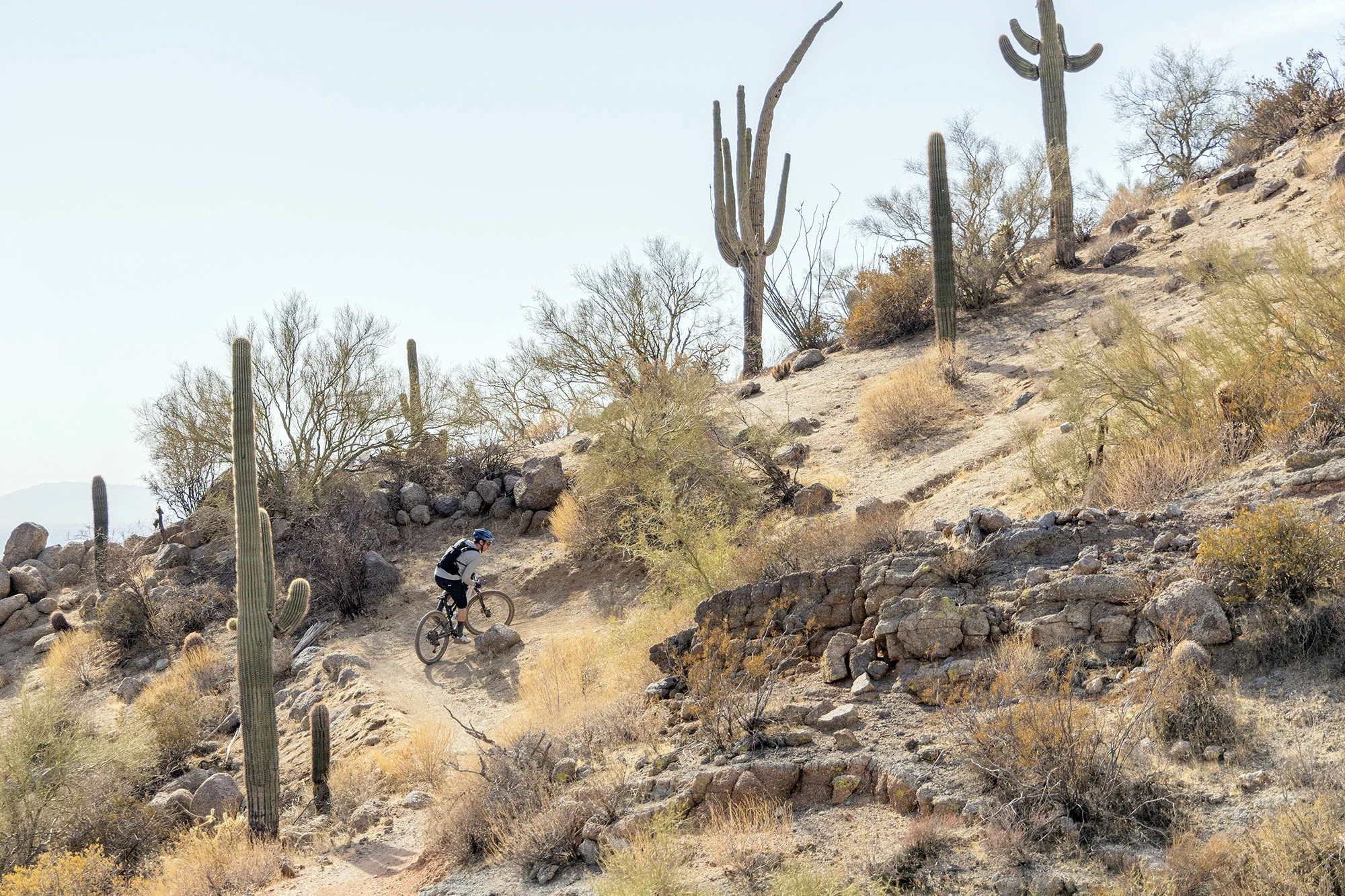
Ummmm, buy them?
MSRP for the Race Face Era SL wheels is $1,649, which is highly competitive. Maybe we can thank all the direct-to-consumer brands for driving down the price points, but few if any of those brands have the North Shore track record of abusing their products like Race Face.
Not only do the specs (with a lifetime warranty!) add up to a winner, the performance is so good I don’t plan on taking them off my bike any time soon.
